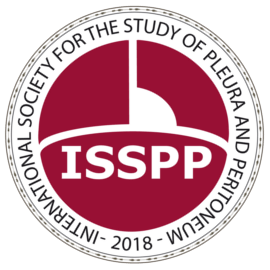© Yury Zap – stock.adobe.com
History
Pleura and peritoneum have been relatively poorly studied, as compared to other organs. In fact, it seems that pleura and peritoneum have been largely forgotten by physicians and scientists during the last 50 years. A close look at ancient literature shows that this was not the case before. The peritoneum was a feared organ until the end of the 1920s and was the object of numerous scientific communications in anatomical and surgical societies.
Why did the scientific interest for pleura and peritoneum vanish after World War II? A hypothesis might be that these organs cannot be seen directly during clinical examination and that, in spite of technical progress, visualisation of pleura and peritoneum with imaging techniques remains challenging. Today, pleura and peritoneum are only considered as membranes, in contrast to the skin, which is recognized as an organ and object of a medical specialization.
Our recent search on Elsevier’s Scopus® has shown that published research articles on pleura and peritoneum are one order of magnitude less than publications on other digestive organs such as stomach, colon or liver. For scientists and physicians, it is extraordinarily difficult to get access to reliable and recent information– with the exception of articles on peritoneal dialysis and Hyperthermic IntraPeritoneral Chemotherapy, which form the large majority of the research publications related to pleura and peritoneum. Most references are older, and only very few general textbooks focusing on these organs have been published in the last 30 years.
The International Society for the Study of Pleura and Peritoneum (ISSPP) has been founded on Saturday, September 2018 at the Institut de France, Fondation Dosne-Thiers in the 9th arrondissement in Paris, with th aim of changing this situation.
